Celebrating the Winter Solstice
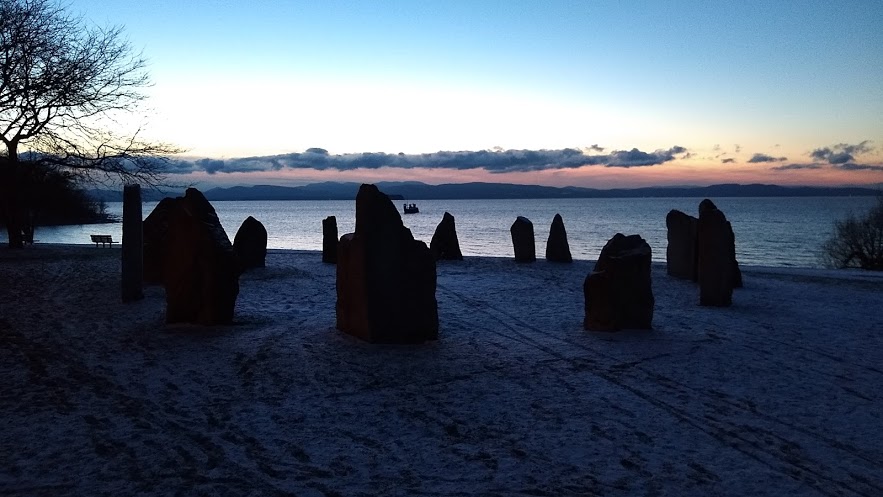
Celebrating the Winter Solstice
Winters on Lake Champlain are known for their long hours of darkness. As the sun sets early each evening, and rises late each morning, those who have settled in this valley may feel the days blend together into one long winter’s night. There might even be times when you miss the sun altogether – leaving home before sunrise, coming back after sunset. On those days it can be easy to long for the spring.
But there is also a sense of peace that comes in the winter. Longer nights allow you to turn inward, settle in at home, and sleep longer. There’s a seasonal rhythm on this Earth, just as there’s a rhythm between night and day – there are periods of activity, and times of rest.
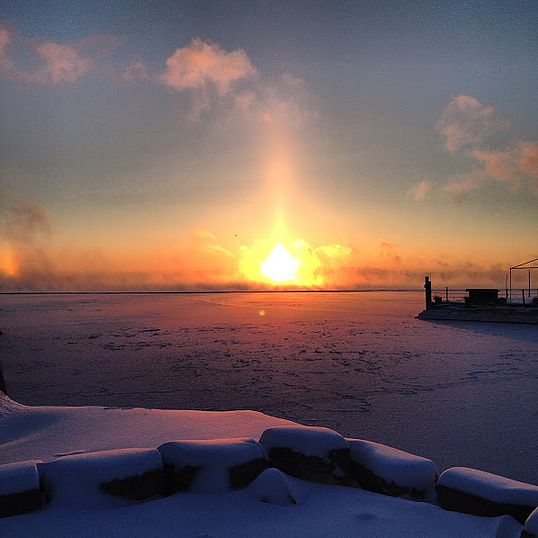
The winter solstice is the shortest period of daylight and longest night of the year. In the northern hemisphere it occurs in December, while in the southern hemisphere the seasons are flipped and it happens in June. This is due to the Earth’s axis being tilted 23.5° – while one of the hemispheres is tilted toward the sun, experiencing summer, the other is tilted away and goes through the winter.
As you move closer to the north pole the time between sunrise and sunset grows shorter. Across the great north-south length of Lake Champlain there is a full 11 minute difference in the amount of daylight on the winter solstice. On the northern shore, in Venise-En-Quebec, the sun rises at 7:28 AM and sets at 4:13 PM: an 8 hour and 45 minute day. Far to the south, in Whitehall NY, the sun rises at 7:23 AM and sets at 4:20 Pm: an 8 hour and 56 minute day.
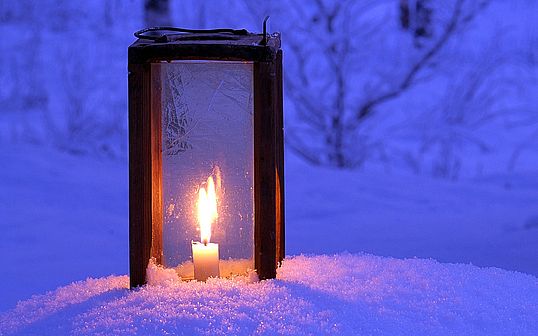
While the winter solstice marks the beginning of the astronomical winter (which concerns the Earth’s position relative to the sun), it is closer to mid-winter by meteorological measurements. Meteorology is based on the temperature cycle, and groups seasons into three-month segments – the northern hemisphere’s winter being December, January, and February. So, why is the longest night of the year not the coldest night? It’s due to something called seasonal lag. The Earth’s thermal mass (primarily its oceans) retains the summer heat, and releases it into the atmosphere as it slowly cools to match the air. This process can be seen on a smaller scale in Lake Champlain, which is often shrouded in steam fog as it sheds its heat throughout the autumn and early winter.
Interestingly, until 1912 each successive winter solstice often marked not only the longest night of the year, but also the longest night in Earth’s history. Ever since the Earth developed a moon and liquid oceans it has experienced tidal friction, which slows its rotation by fractions of a second every year. For reference, 4.5 billion years ago each rotation was only 6 hours long, 350 million years ago it took around 23 hours, and today it’s up to 24 hours. With the melting of glacial ice the planet’s rotation has actually sped up slightly, and other factors like earthquakes, ocean currents, and seasonal wind changes can also act on rotational speed. However, tidal friction is eventually predicted to overcome all other influences, and the winter solstice will once again set new records as the longest night.
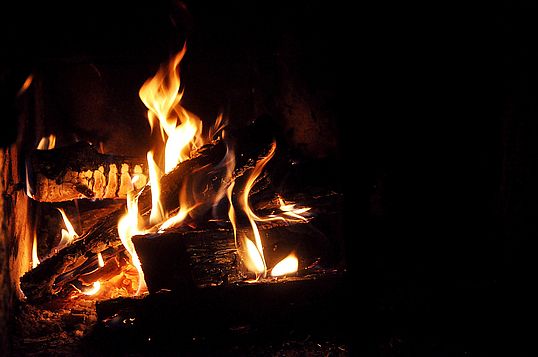
Many cultures have developed traditions around the winter solstice. For the Abenaki and Iroquois, the aboriginal people of the Champlain watershed, winter is a time of storytelling. Long nights are filled by oral histories and lessons. Some stories can only be told at this time of year, when their subjects are sleeping under the snow.
On the Vermont and Quebec shores of Lake Champlain, the Abenaki traditionally measure time through the lunar cycle. The last new moon before the winter solstice is seen as the ending of the old year, and this lunar cycle is called “Pebonkas” or “Winter Maker”. The following moon signals a time of renewal, and is called “Alamikos” or “Anhaldamawikizos” – “Greetings Maker” or “Forgiveness Moon”. During this time there is a custom of going to the doors of people you are in conflict with, and saying “Anhaldamawi kassi plilawawlan”, or "Forgive me for any wrong I may have done you in the past year." By asking for (and giving) forgiveness the year begins with restored friendship and respect.
The Iroquois people, on the New York shore of Lake Champlain, have a similar winter celebration of the new year timed around the phases of the moon. This mid-winter celebration, called “Haudeshaune”, typically takes place in January or February and lasts for nine days. There are traditional ceremonies and events, usually beginning with the Stirring of the Ashes, and ending with a closing ceremony. During this time new council members are introduced, babies born in the past year are given their names, and there are dances for healing and welcoming the new year.

Ancient cultures across the world have also marked the solstice as a time of celebration, and their traditions are still reflected today. In northern Europe stone monuments were built to mark the seasons; Stonehenge, in England, aligns to frame the winter solstice sunset, while Newgrange in Ireland frames its sunrise. The Saxons and Celts who lived in this area lit bonfires on the night of the solstice to call back the sun. A large oak log (the “yule log”) was traditionally burned, and if it stayed alight for 12 hours (or 12 days, in other legends) the household would experience good fortune in the coming year. In Wales this holiday was called “Alban Arthan”, or “The Light of Winter”. Many traditions that are today associated with Christmas – hanging small gifts from evergreen trees, bringing holly and ivy into the house, and placing mistletoe in doorways – had their origin in the Northern European solstice.
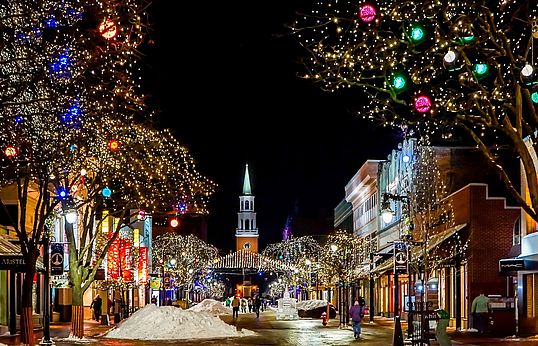
In Iran the winter solstice is called “Yalda Night”, and is a time when families gather to eat, drink, and read poetry. It’s one of the most ancient holidays in Central Asia, and celebrates the triumph of light over darkness. Watermelon, a summer fruit, and pomegranate, symbolizing rebirth, are always eaten.
In China the winter solstice is called Dongzhi, and is a family-centric holiday. Traditionally the family comes together to eat Tangyuan (balls of glutinous rice) that symbolize reunion or unity, and are often brightly colored. The day is seen as a turning point in the balance of energy, when the yang of light will begin to overtake the yin of darkness.
In the Champlain Valley today many of us light candles, gather around glowing wood fires, and string colored lights indoors and out to brighten our nights at this time of year. Everyone pushes back against the long nights in their own way; some hustle from store to store, others curl up under the warmth of a thick blanket. There are even those who embrace the night, who take long walks in the quiet woods, under the bright starlight. In the words of the Poet Wendell Berry, “To know the dark, go dark. Go without sight, and find that the dark, too, blooms and sings.”